Many different emergency situations may put you in a position where you no longer have access to your regular sources of drinking water. Where should you get water from when all of the drinking water is gone?
When all of the drinking water is gone, people can get water from lakes, natural springs, wells, ponds, collected rainwater, and many other places. However, to make the water safe to drink, people must clean and filter the water they collect. Avoid collecting visibly polluted water.
To find out more about which sources of water are safe for consumption, keep reading.
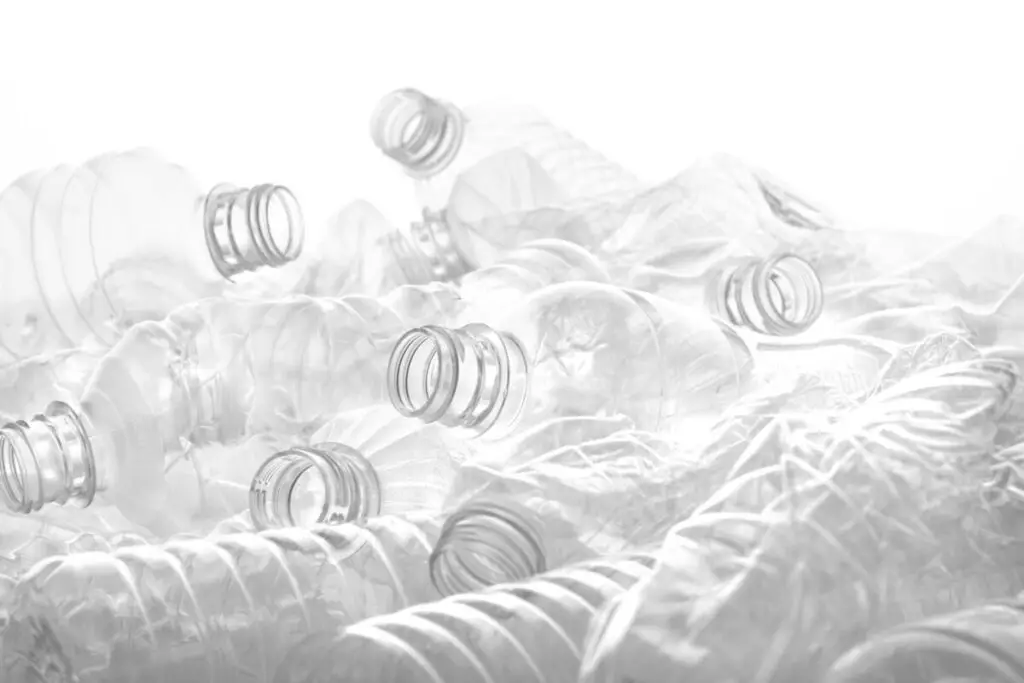
Outdoor Sources
Outdoor sources of water, typically natural bodies of water, can be incredibly useful in emergency situations. When collecting water from these sources, especially in an emergency, take into account the distance you would have to travel to get there and the energy you might expend. If you’re walking there on foot, bring appropriate containers and if possible, some kind of cart or wagon to assist in transporting the water.
If the necessary travel to get to the outdoor source is strenuous or time-consuming, you may want to look into other sources that are either closer to home or inside your home. When water is limited, you want to be careful to conserve your energy to reduce your water intake.
Lakes
Lakes are a relatively good source of water in an emergency. The cleaner and more remote the lake is, the better, as this means it has a lower chance of being contaminated by things like pesticide runoff and oil. Lakewater should be filtered and then boiled before you drink it. Avoid collecting water from lakes that have blue-green algae.
Rainwater
In an emergency, collecting rainwater can be a lifesaver. To safely collect rainwater, you will need a rain barrel or large buckets, a clean cloth, and a water filter. Place the containers in an area where rainwater can conveniently accumulate such as beneath the gutter or on the roof. Make sure the containers are clean and don’t use buckets that have been used to hold chemicals or oil.
As soon as it starts to rain, check the containers frequently to make sure they don’t overflow. Once the rain stops, use a clean cloth or a filter to remove any dirt, debris, or contaminants from the rainfall. To make the water safe to drink, boil it.
It is crucial to keep in mind that gathering rainwater likely won’t be feasible for long-term drinking water needs, as depending on where you live and the season, rain is intermittent. However, if it happens to be rainy, this is one of the easiest ways to collect large quantities of water.
Natural Springs
Natural springs are better than rainwater in terms of cleanliness. So if you have a natural spring nearby, that should be the first place you go to find water. To be safe, you should filter and boil natural spring water before you drink it.
Wells
Well water is a good source of drinking water as long as the well hasn’t been polluted by floodwater or chemicals. Potentially contaminated well water should be filtered and boiled before you drink it. Under normal circumstances, well water is a safe and plentiful drinking water source.
Water wells are typically located in more remote areas that do not have access to city water sources. Many old farms and ranches will have a well on the property.
Ponds

Pond water is more difficult to filter than other sources of water because of how muddy they can be. However, they can be a great source of drinking water as long as you filter and boil the water properly before drinking it. Just like with lakes, you will want to avoid collecting water from ponds that have blue-green algae.
Atmospheric Water Generation Units
Atmospheric water generation units (AWG) pull water from the moisture in the air. While being able to produce as much as 450 gallons of water a day, AWGs are huge and consume a massive amount of energy. They do run on a generator, however, and if you do have access to a generator that is powerful enough and you have enough gasoline stored to run it, this is a perfectly viable emergency water source. It costs anywhere from $18,000 to $30,000 to purchase a vehicle-stored or ground AWG unit.
If the area you live in has frequent water emergencies, you may want to consider investing in an AWG. It will be difficult, if not impossible, to buy an AWG during an emergency. Planning ahead to have an AWG and a generator at your home could be extremely helpful.
Pools
Pools are typically not good drinking water sources because of all of the chemicals that are put into pools, and you shouldn’t drink pool water without filtering and boiling it first. The problem is that not all filters will properly remove chlorine from the water, and most filters will not be able to filter out all of the salt from saltwater.
Filters specifically designed to filter out chlorine or a distiller are most effective at removing harmful chemicals like chlorine. If a pool is your closest source of outdoor water, you may want to consider purchasing something to help make the water drinkable.
If you are not able to safely filter the water, pools can still be a good source of emergency water for cleaning. Do not drink pool water unless you are sure it has been properly filtered.
Rivers & Streams
Rivers and streams can provide abundant fresh water. In fact, rivers and streams will typically be cleaner than your average lake because they are running and not still water. Of course, in larger cities and areas with farm runoff, they will still be severely polluted, requiring excellent filters in order to make potable water and possibly chemical treatment as well.
Like lakes, the more remote the river or stream is, the cleaner it will likely be. If you do not have any sort of filtering device, a remote mountain stream is likely one of your safest outdoor water sources.
Indoor Water Sources
Liquid from Canned Vegetables, Fruit, and Broths
When using and preparing canned vegetables, fruit, soups, and broths, saving the excess liquid can provide an extra source of hydration. This is as simple as pouring or straining out the liquid before removing whatever else was inside. Since the liquids were packaged as part of a food product, you do not need to worry about filtering. They are safe to drink.
Water Left in the Pipes
Gravity can keep water trapped inside the pipes in your house even after the main water supply has been shut off. First, ensure that your main water supply is indeed shut off so that contaminated water can’t enter your pipes. Then, in order to access this water, just turn on the uppermost faucet in your home to allow air into the pipes, and then open up the lowermost faucet to collect the water with a clean container.
Water Heater Tank
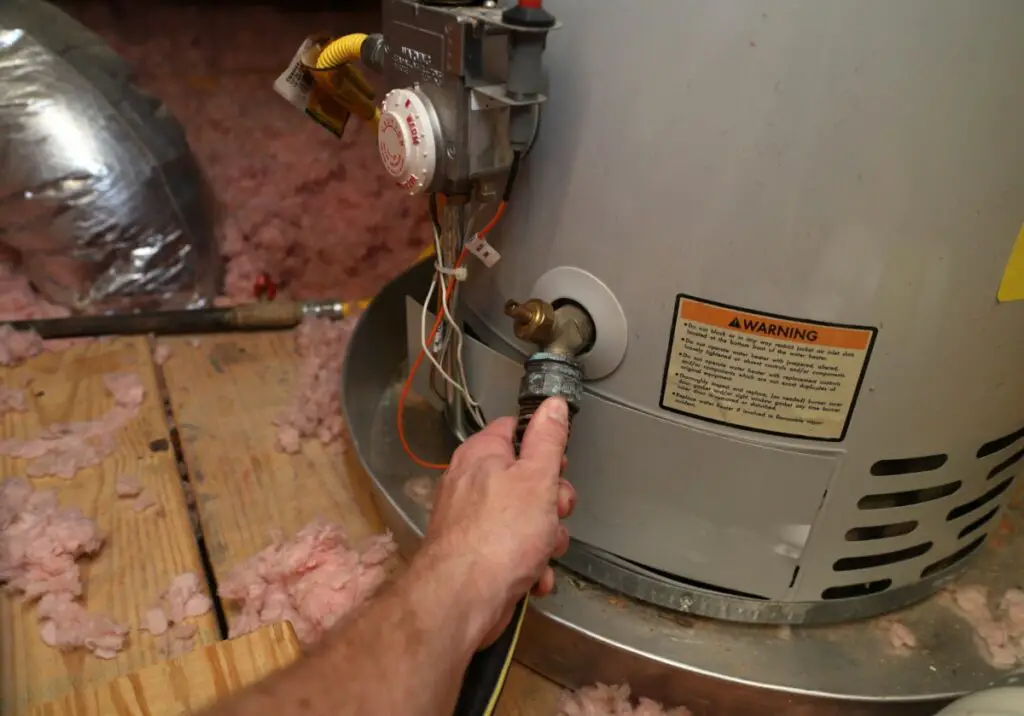
Tap water heater tanks can hold many gallons of water (as much as 50 gallons), making them great sources of drinking water in an emergency. Now, when speaking of using water heaters for drinking water, I mean to exclude the type of water heaters used to heat a home through radiators or any other system of a similar nature. The type of water heater needed for this will be the kind used to heat water for your shower, dishwasher, or sink.
Pay attention to information from your city water source during a water emergency. They will be able to tell you the timing of any potential mass water contamination to help you determine if the water in your home is safe. The water in your water heater tank will typically be safe because the city will be able to catch contamination early and turn off the supply from the contaminated source.
Turning off the supply may be what is causing your drinking water shortage, but it is also keeping the water inside your home clean and safe.
While these hot water heaters/tanks will differ, the typical process is as follows:
- Turn off the electricity or gas supply to the tank
- Turn off the water intake valve running into the tank to prevent any outside water sources from entering
- Open the temperature and pressure relief valve located either on the side or top of the tank, which will enable water to come out.
- Turn the drain valve (by hand if there is a handle or with a screwdriver or other tool if necessary) to open the drain valve at the bottom of the tank. Either a hose or a clean bucket will do nicely, given that whatever you choose is clean and hasn’t been used to store or transport oil or chemicals.
Beverages
Certain shelf-stable beverages can be used to help hydrate in case of an emergency. Some of these include:
- Boxed shelf-stable milk
- Canned milk
- Gatorade or Powerade
- Coconut water
- Bone broth
- Some teas
- Juice
- Vegetable juice
- Carbonated water
Toilet Tanks
This is one source you may want to save for after you’ve exhausted some of the others. Nevertheless, if you have the stomach (or the desperate need) for it, water from the tank (and not the bowl) of the toilet will typically be safe to drink if it is not discolored and does not have a weird odor. If you use any slow-release chemicals in your toilet tank to maintain cleanliness, the water will not be safe to drink.
Water Sources to Avoid
Floodwater
Floodwater is incredibly polluted. It can contain any number of potentially life-ending pollutants, including, but not limited to:
- Human and animal waste
- Industrial waste (chemical, radiological, and biological) from factories, farms, and other sources
- Biohazardous waste from hospitals
- Foreign objects and debris such as nails, trash, and building material.
- Downed power lines may electrify the water
Avoid drinking or even touching floodwater at all costs. Many of the contaminants carried within can cause any number of diseases, death, or other injuries.
This also means that you should try to protect any viable sources of clean drinking water from being contaminated by floodwater. There is not much you can do to stop outdoor sources from being contaminated, but you may be able to control some indoor sources. Shutting off the main water supply in your house will prevent flood water from getting inside your pipes and water heater tank.
Irrigation Canals
Irrigation canals are extremely likely to contain a wide variety of chemicals, runoff, and other pollutants. It is possible to drink this water when filtered and boiled properly, but it should be left as a last resort.
Alcoholic and Caffeinated Drinks
Soda, wine, beer, and spirits will not effectively meet your needs for drinking water. Worse yet, alcoholic and caffeinated drinks will actually dehydrate you and make you even thirstier, effectively increasing your need to find other sources of water to survive.
Water with Visible Pollutants, Strange Odors or Colors, or that has been Polluted by Chemicals or Oil
Unless there are absolutely no other sources of water available, water with an oily surface should be avoided. It is possible to filter out oil with certain special filters, but most portable filters and simple detergents will not be able to effectively remove oil. Similarly, water with strange colors or odors or that has been polluted with chemicals from things like factories, mining runoff, or pesticide runoff from farms should be avoided too. Only if every other possible source of drinking water has been exhausted should you consider using this type of water for consumption.
Water with Blue-Green Algae
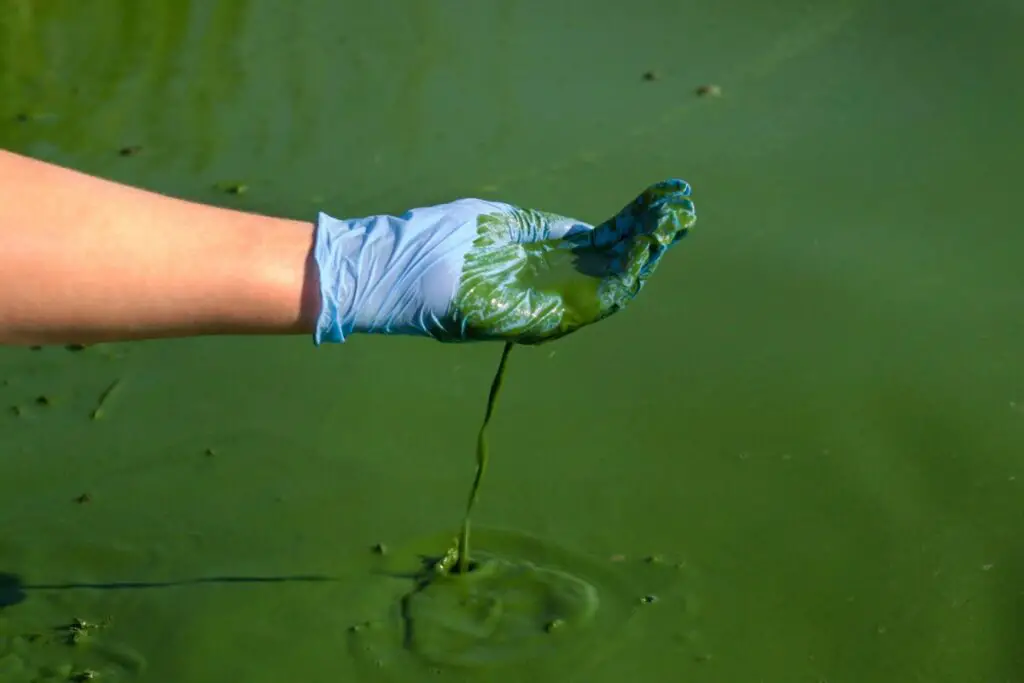
Blue-green algae, or cyanobacteria, is a type of algae that is harmful to both animals and humans. This type of algae is hard to remove, but it can be filtered with ultra or nano-filtration or with reverse osmosis processes. Unless you have the ability to filter water in one of these ways, you should rule out lakes, rivers, streams, and ponds with this type of algae as potential water sources.
Marshes and Swampy Water
These are typically so muddy that they will prove difficult to filter. But even this less-than-ideal source can be used if other supplies or sources are scarce. You’ll just want to follow the same steps of filtering and purifying the water as you would with other natural sources of water.
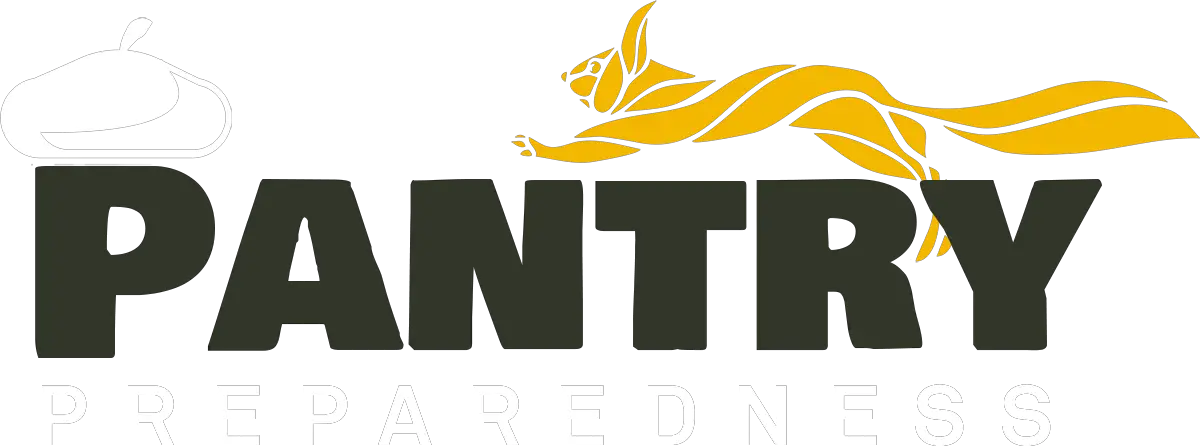
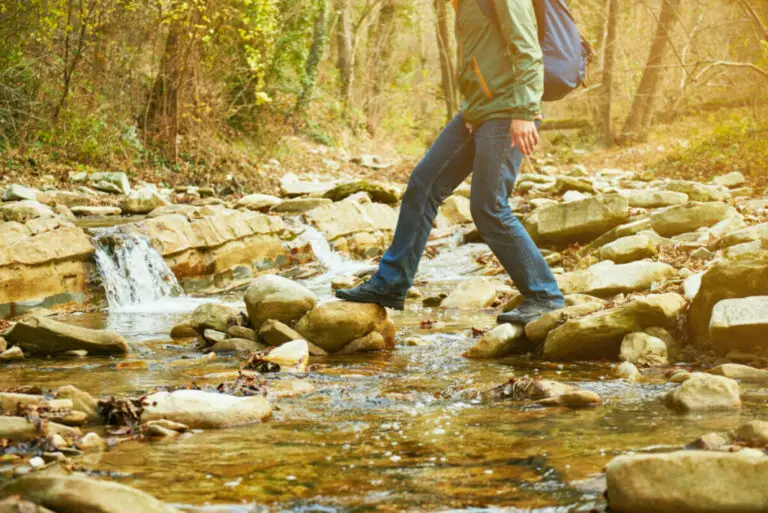
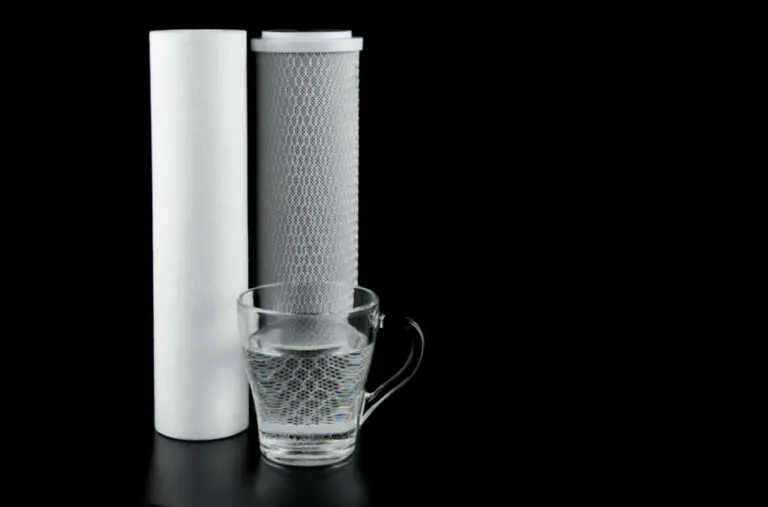
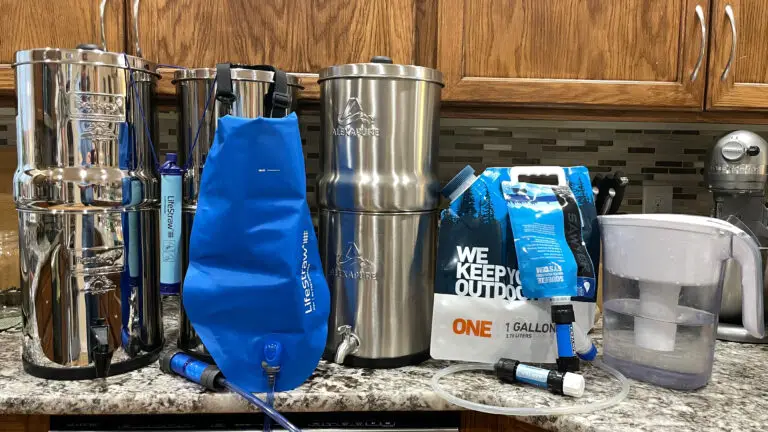
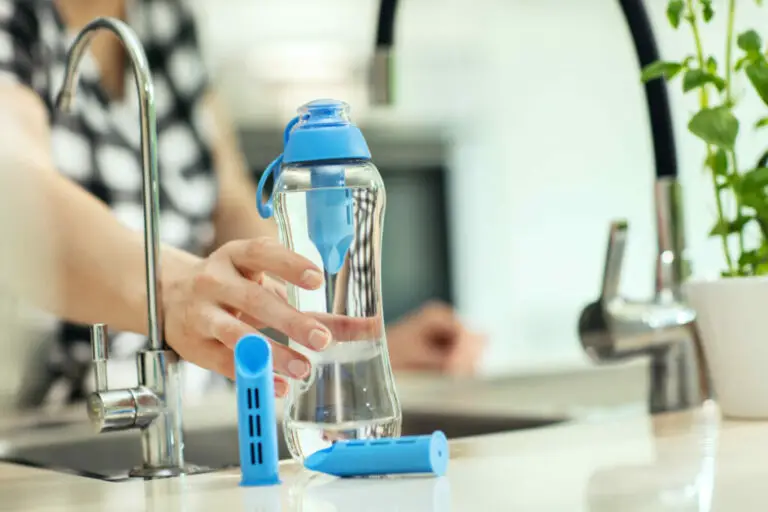
This is a pretty good article. Water is always a serious topic among prepper groups. I have a tin roof and collect rainwater for emergency use. It’s untreated and would need filtering and boiling before drinking, but it’s good for washing and for the animals.